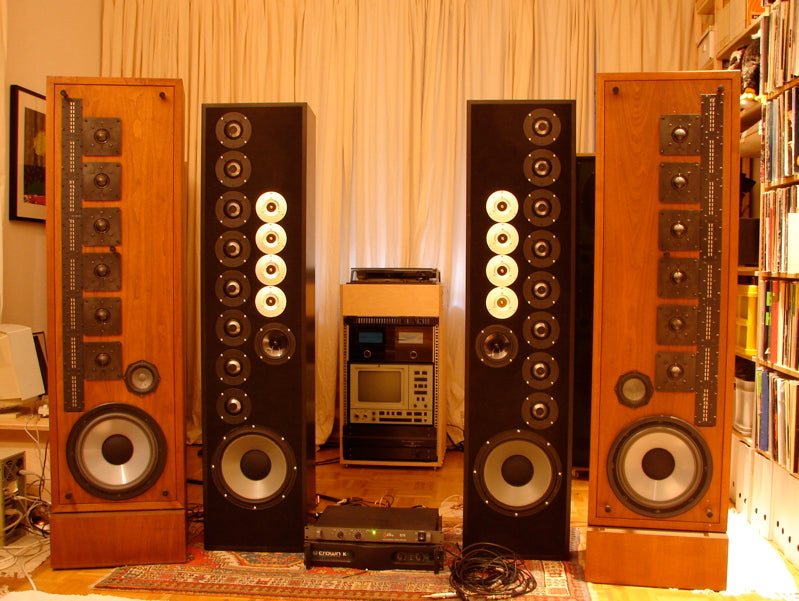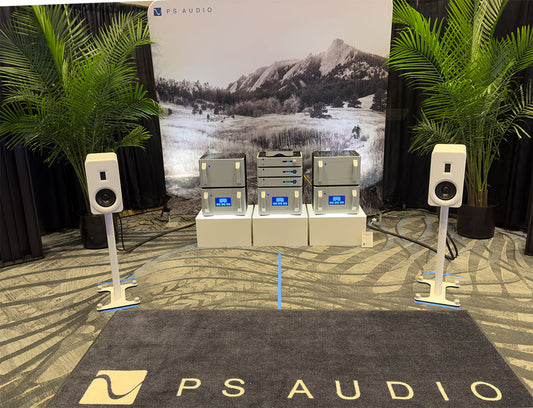"Arnie Nudell popularized the line source loudspeaker design and many of his most revered speakers such as the Quantum Line Source, the IRS 1B, the IRS V, and the Genesis 1 (and apparently at least the two larger members of your forthcoming AN series loudspeakers) are all line source designs. Why don’t we see more line source loudspeaker designs? Is it strictly due to the cost because of the many more drivers, the larger cabinet, the increased manufacturing labor cost – or are there other attributes that have made them less popular?"This is a really good question and one we don't talk about much. Perhaps it's a good idea to first get on the same page. The classic two-way or three-way loudspeaker has two or three drivers in a box. The multiplicity of drivers—tweeter, midrange, woofer—is needed to break apart the frequencies so each driver only has to handle a specific range: tweeters handle the higher frequencies about 2kHz and the woofer handles everything from that point down. A line source handles the frequency divisions in exactly the same way—tweeters, midrange, and woofers—but instead of relying upon a single driver for each range multiple drivers are instead employed, typically with a line of many tweeters and sometimes many midranges. The advantages of multiple drivers in a line are manifold: each driver has fewer demands and the waveform comes out in a long, vertical, cylinder rather than a single driver's ever-expanding circular wave. The advantages of a line source vs. a point source can be summed up fairly easily. A point source sound radiates in all directions from the driver and quickly loses energy as it floods the room in a 180˚ plane. Worse, this expanded radiation pattern hits the ceiling, walls, and floor and reflects back into the room out of synch (time) with the initial launch. Only those listeners in a narrow sweet spot get to enjoy the best sound. A line source radiates a more focused pattern in the shape of a tall vertical cylinder that, above about 500Hz, has nearly no floor, ceiling, or sidewall reflections to dissipate energy and add to sonic confusion. All that said, tomorrow we'll look at some older Infinity designs.
Line sources
by Paul McGowan
Kevin in Wappinger Falls New York (wherever that is) asked me an interesting question recently.
- Choosing a selection results in a full page refresh.
- Opens in a new window.








